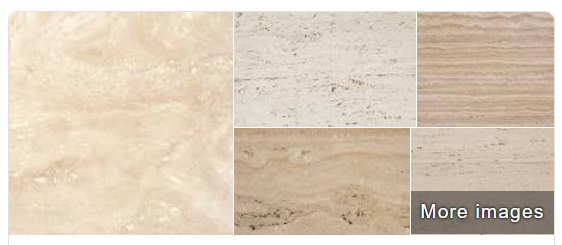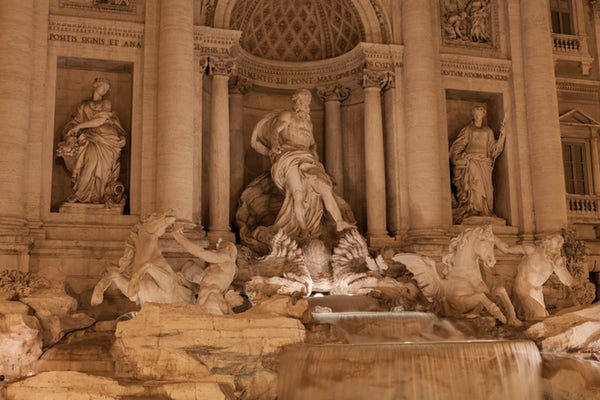Making Use of Travertine Walls and Paving
When it comes to updating the look and feel of your outdoor space, the tiling options available to you may seem overwhelming. With a number of stone finishes and features that can catch your eye, knowing which tiling is best for your needs can be difficult. That’s where making use of travertine walls and paving is highly recommended by landscapers like Planed Passion
Why chose travertine?
First and foremost, this stunning natural stone tends to be rustic in finish (due to the process of water vapour escaping from the hot springs where it is formed). These naturally established holes, pits and channels are fashioned over time and can create a more unique look for your space.
Often warm in colour, tiles of this material tend to be hard-wearing and easy to fit into any colour scheme, making them perfect for a range of both indoor and outdoor uses. With a particular knack for reflecting heat (as opposed to retaining it), travertine tends to stay cool to the touch even during the most extreme sun exposure, so outdoor use is often preferred.
When to use Travertine in your garden

As well as being highly heat-resistant, this stone tends to be impervious to moisture – so there are a range of applications for outdoor use that may better suit your needs than other types of tile. For example:
Pool Decking & Landscaping with Travertine
While there may be a range of tiling options for pool decking, many on the market are likely to discolour over time. Some options can even alter in composition when exposed to repeated water and heat, becoming chalky or showing signs of erosion. Understandably, this isn’t a feature that is widely promoted, or desirable for gardens that have pools. Travertine doesn’t tend to display this kind of wear however, making it a very attractive option indeed.
The typical texture works as another pro-point when considering this type of stone tile for pools, as it helps to maintain grip and temperature to offer a slip-resistant, cool finish to a potentially hazardous area.
Stair Treads with Travertine
With all of the above in mind, it may be worthwhile to consider that this type of tile could be of benefit when it comes to refacing stair treads. Adding freeze and thaw resistance to its list of features, travertine can be as useful in colder weather as it can in hotter temperatures; especially when considering the bonus of offering better grip.
The good news is that it can be engraved and stained to suit the aesthetic of your outdoor space, too – and can be bought to either compliment what you already have in place, or to create an entirely new look.
Refacing Walls with Travertine
Refacing and recladding walls can be a great use of travertine, as this stone in its natural state tends to have a limited colour palette. What this means is that you are more likely to achieve a uniform colour when using this type of stone for larger areas (minor variation will occur from piece to piece, but not enough to impact an overall aesthetic).
Travertine Fountain in Italy

Recent Comments